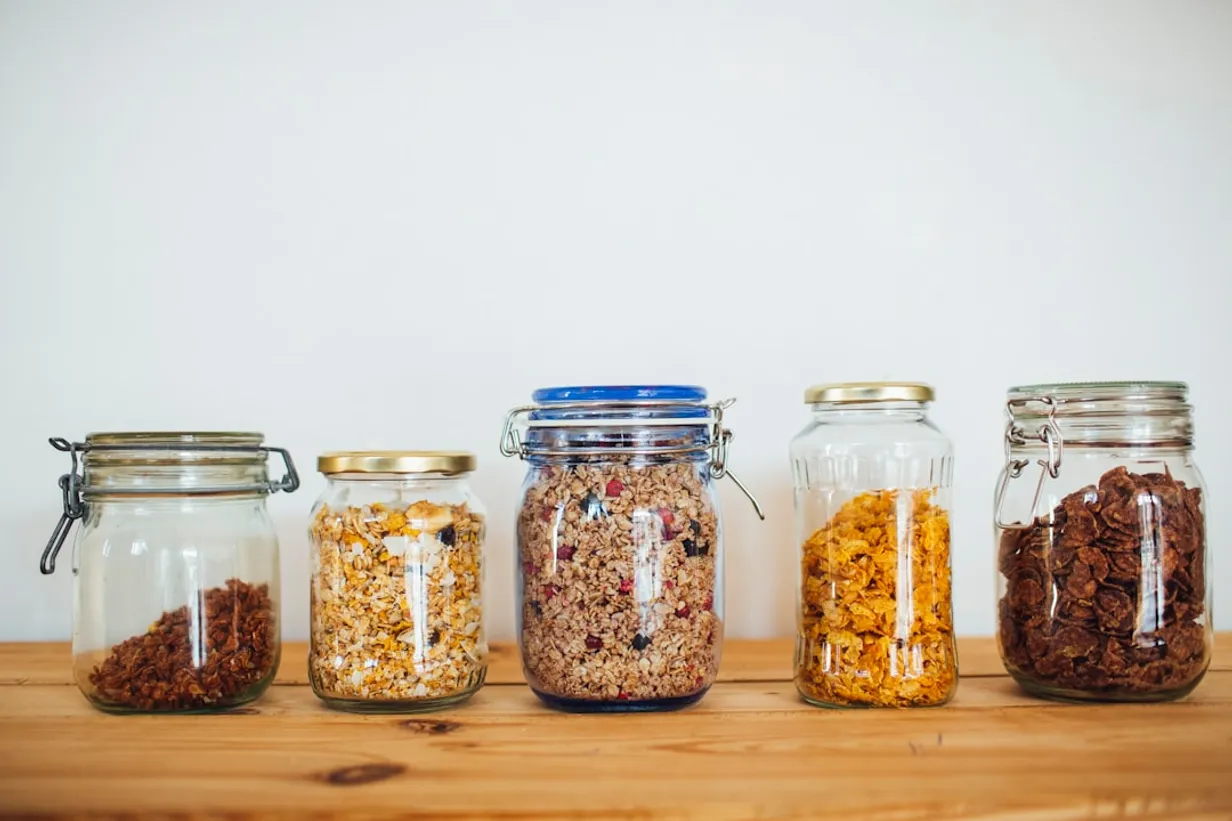Understanding Zero-Waste Principles
The zero-waste movement aims to minimize waste by rethinking our lifestyle choices. In the kitchen, this involves reducing, reusing, and recycling items wherever possible. By committing to these principles, you not only decrease your ecological footprint but also create a healthier, more sustainable home.
Start with a Waste Audit
Before making any changes, conduct a waste audit to identify what kinds of waste your kitchen generates. Keep a diary for a week, noting down items that you throw away, such as food scraps, packaging, and disposable products. This will help you pinpoint where the most significant reductions can be made.
Choose Reusable Over Disposable
One of the easiest ways to reduce kitchen waste is to replace single-use items with reusable alternatives. Invest in:
- Reusable shopping bags and produce bags
- Glass or stainless steel containers for food storage
- Beeswax wraps instead of plastic wrap
- Cloth napkins and kitchen towels
- Rechargeable batteries for small appliances
Opt for Package-Free Shopping
Many grocery stores now offer bulk bins where you can buy food without packaging. Bring your reusable bags and containers to purchase grains, nuts, spices, and more. This not only reduces plastic waste but often allows you to buy the exact amount you need, preventing food waste as well.
Compost Food Scraps
Composting is a fantastic way to repurpose food scraps and kitchen waste into valuable compost for your garden. Whether you have a backyard compost bin or use an indoor compost system, diverting organic waste from landfills significantly reduces your kitchen's carbon footprint.
Repurpose and Upcycle
Before you throw anything away, think creatively about how it could be repurposed or upcycled. For example:
- Use glass jars for storage, as planters, or for homemade sauces and dressings.
- Transform kitchen towels that are past their prime into cleaning rags.
- Use old bread for croutons or breadcrumbs rather than discarding it.
Plan Your Meals
Meal planning is an essential step in reducing food waste. Plan your weekly meals and create a shopping list to ensure you only buy what you need. This not only helps you stick to your zero-waste goals but also saves money and improves dietary habits.
Conclusion
Adopting zero-waste practices in your kitchen doesn't have to be overwhelming. Start small by making one or two changes and gradually expand your efforts. By taking these steps, you create a more sustainable kitchen, contribute to a healthier planet, and inspire others to follow suit.
Top Interior Design Posts
Discover the most popular interior design and home decor articles, loved by our community for their style and practicality.

The Rise of Biophilic Design: Bringing Nature Indoors

2023 Must-Have Interior Design Trends


